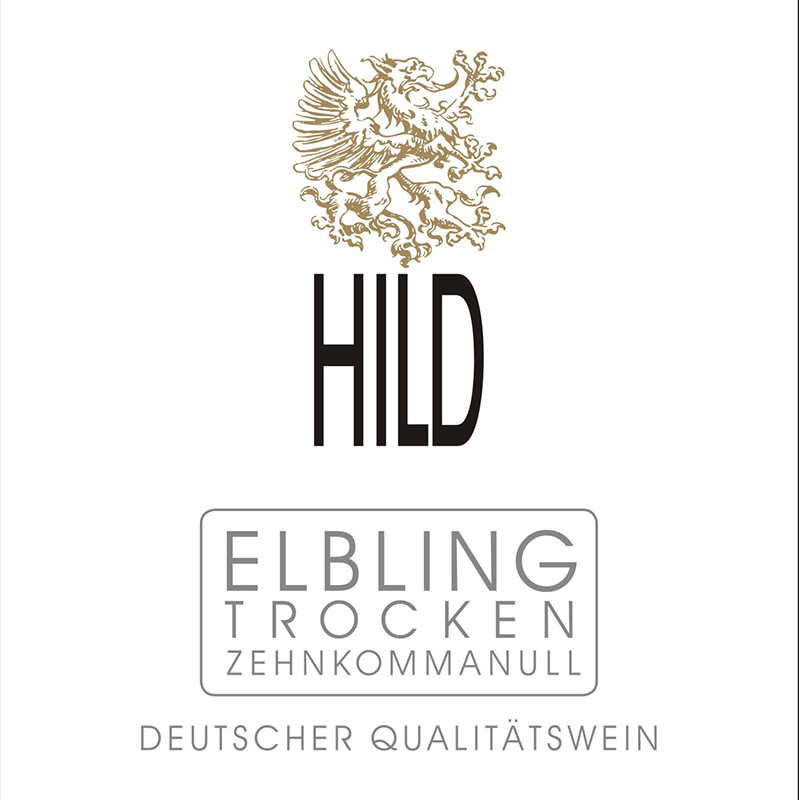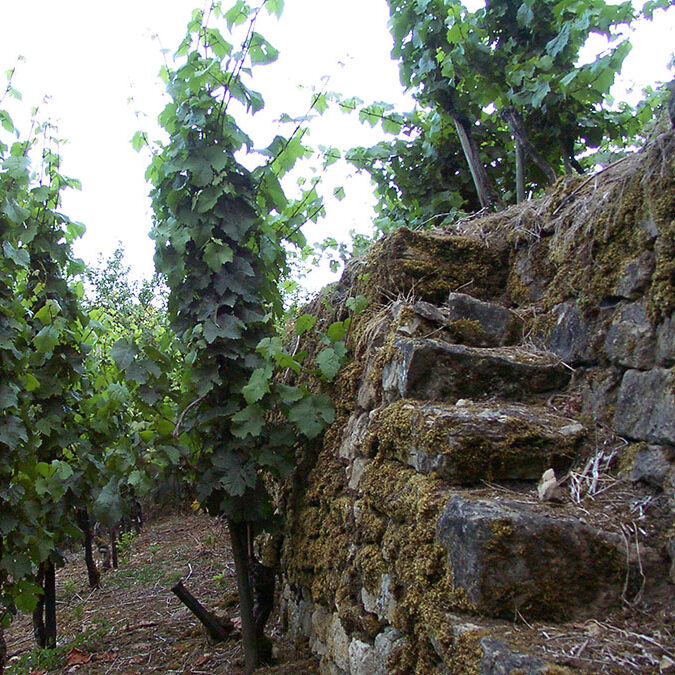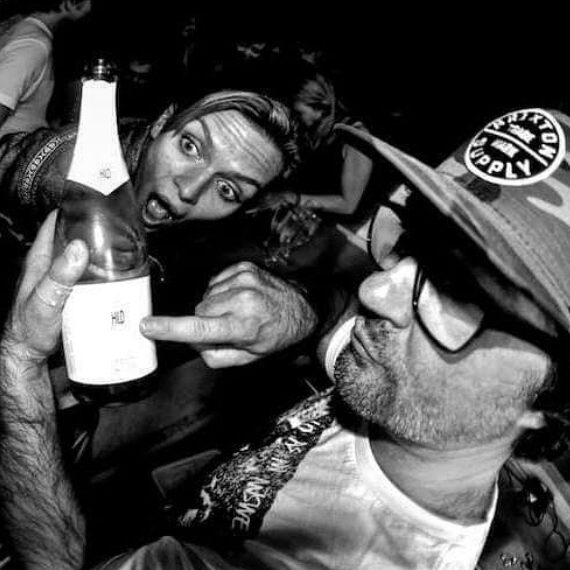HildElbling “Zehnkommanull” (750ml)
Find a Bottle Near You
Find a Bottle
The Obermosel: no story is told, until someone tells it
This is, for us at least, a sacred bottle of wine. It is sourced from old, terraced Elbling vineyards which would have otherwise gone fallow, if it weren’t for the heart and passion and sheer force-of-will of one man: Matthias Hild (pictured, left). He has been making this wine since 1986, from about .15-hectare of vineyards. That’s right: point-one-five hectares, about 1,500 square meters. Thus we get, in any given year, about 30-50 cases of this wine, for the entire U.S., total.
This is less an act of winemaking, less a wine to sell, than it is a beautiful and grand gesture of cultural preservation. Working old-vine, terraced vineyards of Riesling in the middle Mosel is financially precarious; working old-vine, terraced Elbling in the upper Mosel is equal parts insane and romantic. Which sorta sums up Matthias, in the best of ways. (Check out one of the Zehnkommanull’s terraces, photographed to the left.)
Elbling is one of the oldest indigenous grapes of Europe, brought to the Mosel and planted by the Romans a few thousand years ago. In the late 18th century, the grape was nearly all ripped out in favor of Riesling, but a few hectares remain in a tiny, limestone-rich corner of the Mosel river, near Luxembourg and France. Think of the wine as a Muscadet of the Mosel, with its stone-riddled, floral/herbal and citrus tones. The “Zehnkommanull” (which translates to “10 point 0”) is called thus because, even bone dry, it never ferments to more than 10% ABV. That is the magic of old vines – phenolic ripeness without excess sugar. This is an ultra-light white, a quivering, angelic, porcelain wine with glossy, razor-sharp edges and a laser-beam lemon-skin citrus. The structure, the saturating acidity, the tapering finesse and needle-point fine-ness of the wine showcase its relation to that “other” grape of the Mosel, Riesling.
If at one point Elbling was planted all through the Mosel and Rhine valleys, today it is an endangered species. It is a rarity. This tiny pocket in the upper Mosel, to my knowledge, is the last place on earth where Elbling remains in any significant quantity.
Hopefully this will change. But even if it doesn’t, you’re going to hear us shouting about this place, and these wines. While Hild’s “Zehnkommanull” is a rarity, the regular Elbling and Elbling Sekt are the benchmark wines of this region.
| Country | Germany |
|---|---|
| Unit Type | 750ml |
| Alcohol | 10.5% |
| Wine Class | Still White |
| Pack Size | 12 |
| Address | Upper Mosel |
| Estimated Price | $26 |



